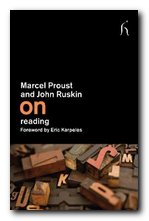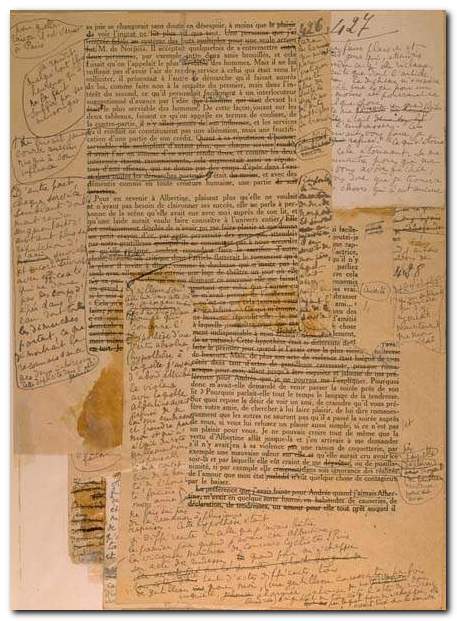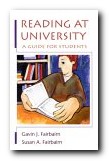a checklist of literary terms
Analysing fiction requires that you are able to name and describe the features of a story or a novel that you find interesting. This means having a clear understanding of language and grammar, plus the basic elements of narrative prose. The definitions below are just the beginning. This is where the complex process of analysing fiction starts.
Vocabulary
The author’s choice of individual words – which may be drawn from various registers such as colloquial, literary, technical, slang, journalism, and may vary from simple and direct to complex and sophisticated.
Grammar
The relationships of the words in sentences, which might include such items as the use of adjectives for description, of verbs to denote action, switching between tenses to move between present and past, or any use of unusual combinations of words or phrases to create special effects.
Syntax
The arrangement and logical coherence of words in a sentence. The possibilities for re-arrangement are often used for emphasis or dramatic effect.
Figures of speech
The rhetorical devices often used to give decorative and imaginative expression to literature. For example – simile, metaphor, puns, irony.
Literary devices
The devices commonly used in literature to give added depth to a work. For example, imagery, point of view, symbolism, allusions.
Tone
The author’s attitude to the subject as revealed in the style and the manner of the writing. This might be for instance serious, comic, or ironic.
Narrator
The person telling the story. This may be the author, assuming a full knowledge of characters and their feelings: this is an omniscient narrator. It might alternatively be a fictional character invented by the author. There may also be multiple narrators. You should always be prepared to make a clear distinction between Author, Narrator, and Character – even though in some texts these may be (or appear to be) the same.
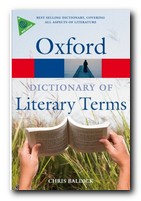 Chris Baldick’s Dictionary of Literary Terms has entries which range from definitions of ‘the absurd’ to ‘zeugma’. It’s also a guide to grammatical terms, traditional drama, literary history, and textual criticism. It contains over 1000 of the most troublesome literary terms you are likely to encounter. Some of the longer entries and explanations become like short essays on their subject.
Chris Baldick’s Dictionary of Literary Terms has entries which range from definitions of ‘the absurd’ to ‘zeugma’. It’s also a guide to grammatical terms, traditional drama, literary history, and textual criticism. It contains over 1000 of the most troublesome literary terms you are likely to encounter. Some of the longer entries and explanations become like short essays on their subject.
![]() Buy the book from Amazon UK
Buy the book from Amazon UK
![]() Buy the book from Amazon US
Buy the book from Amazon US
Narrative mode
This is usually either the first person singular (‘I am going to tell you a story about…’) or the third person singular (‘The duchess felt alarmed…’).
Narrative
The story which is being told: that is, the history of the events, characters, or whatever matters the narrator wishes to relate to the reader.
Characterisation
The means by which characters are depicted or created – commonly by accounts of their physical appearance, psychological characteristics, direct speech, and the opinions of the narrator or other characters about them.
Point of view
The literary strategy by which an author presents the events of a narrative from the perspective of a particular person – which may be the narrator or may be a fictional character. The point of view may be consistent, or it may switch between narrator and character(s). It should not be confused with the mere opinion of a character or the narrator.
Structure
The planned underlying framework or shape of a piece of work. The relationship between its parts in terms of arrangement or construction.
Theme
The underlying topic or issue, often of a general or abstract nature, as distinct from the overt subject with which the work deals. It should be possible to express theme in a single word or short phrase – such as ‘death’, ‘education’, or ‘coming of age’.
Genre
The literary category or type (for instance, short story, novella, or novel) to which the work belongs and with whose conventions it might be compared. We become aware of genre through cultural experience and know for instance that in detective stories murder mysteries are solved; in fairy stories beautiful girls marry the prince; and in some modern short stories not much happens.
Cultural context
The historical and cultural context and the circumstances in which the work was produced, which might have some bearing on its possible meanings. A text produced under conditions of strict censorship might conceal its meanings beneath symbolism or allegory.
© Roy Johnson 2009
More on language
More on literary studies
More on writing skills
More on creative writing
More on grammar
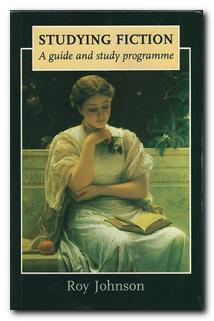
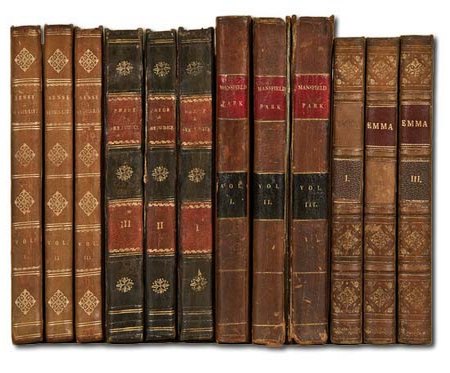
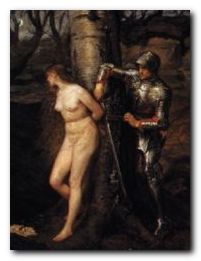 Marlowe’s description of the stained glass window reinforces his characterisation. He describes the figures in a naive manner, as if he had never seen such an emblematic composition before. The lady ‘didn’t have any clothes on’ and the knight has pushed his visor back ‘to be sociable’ but he was ‘not getting anywhere’. Raymond Chandler is simultaneously creating his main character – who is tough, but a little naive – and is giving us clues about how we should view the novel. It’s not to be taken entirely seriously. In fact describing European art from a naive American perspective is a device he has taken from Mark Twain. There is lots of serious crime ahead in the rest of the novel, but he is creating a witty and ironic point of view which we are invited to share.
Marlowe’s description of the stained glass window reinforces his characterisation. He describes the figures in a naive manner, as if he had never seen such an emblematic composition before. The lady ‘didn’t have any clothes on’ and the knight has pushed his visor back ‘to be sociable’ but he was ‘not getting anywhere’. Raymond Chandler is simultaneously creating his main character – who is tough, but a little naive – and is giving us clues about how we should view the novel. It’s not to be taken entirely seriously. In fact describing European art from a naive American perspective is a device he has taken from Mark Twain. There is lots of serious crime ahead in the rest of the novel, but he is creating a witty and ironic point of view which we are invited to share.